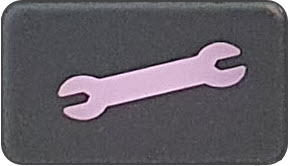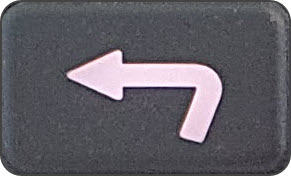It is possible for IP networks to prioritize and differentiate between data packets transmitted through routers across networks. This is useful because in modern data networks many different IP services like email, voice, web pages, video and streaming music coexist within the same network infrastructure.
Prioritizing IP Data Packets when Broadcasting
IP audio data packets can be programmed for expedited or assured forwarding (Quality of Service or QoS) when traversing different networks. Routers can also be programmed to ignore these forwarding priorities so they are not assured across all networks.
The codec can be programmed to tag IP data packets sent across a network by entering a value into the Differentiated Services Code Point (DSCP) field within the header of data packets transmitted. Check with your IT administrator before changing this setting. By default the codec is programmed for Assured Forwarding and more details about DSCP are available on Wikipedia at http://en.wikipedia.org/wiki/Dscp.
Configuring QoS DSCP
1.Press the SETTINGS  button.
button.
2.Use the navigation buttons to select IP Options and press the  button.
button.
3.Navigate to IP QoS and press the  button.
button.

4.Press the  button to edit the setting and use the RETURN
button to edit the setting and use the RETURN  button to delete the DSCP value already entered.
button to delete the DSCP value already entered.

5.Next, use the numeric KEYPAD or onscreen keyboard to enter the new setting, then press the  button to save the new setting.
button to save the new setting.
|
Important Note: To ensure the continuous and regular flow of tagged data packets along the path from point-to-point, all routers and switching equipment must allow the QoS DSCP setting. Any bandwidth partitioning schemes should partition over a small interval to ensure the codec jitter buffer does not empty and audio remains continuous. |
